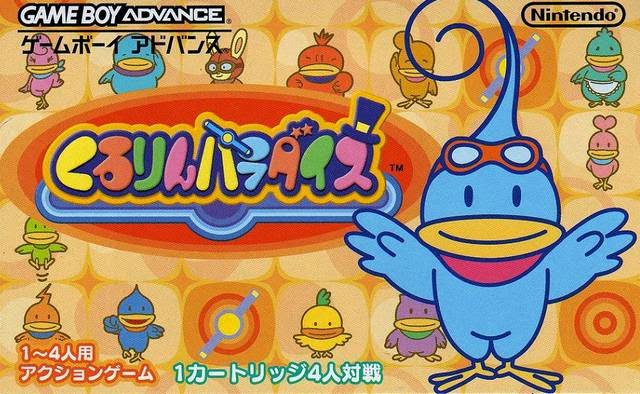Games rarely care about contextualization. Nothing breaks a sense of immersion like an off-screen voice screaming "Press 'A' to dodge!" before an imminent explosion in any of many games about dodging explosions. I have no problem with the well-purposed self-reflexivity of the Metal Gear Solid games. Metal Gear Solid 2's finale is as brilliant a post-modern exhibition of snake-eating-its-own-tailness as Breakfast of Champions' ending. What I take issue with is "Press the analogue stick up to look up, Chief. Good. Now, look down. Good. Does that feel alright to you?"
Even before games could yell at players to look at their controllers, a more engraved form of immersion-breaking pervaded the gamescape: context-less character growth. "Leveling up." Learning skills arbitrarily. Progressive stat growth in RPGs represents the corresponding characters increase in strength and knowledge little by little, battle by battle. I get that. But what about killing his 128th Red Slime taught Lotto how to use Fire in the original Dragon Quest? He could not so much as summon a spark after Red Slime 127, but can conjure torrents of flame after 128?
Blood Will Tell is a game about a samurai whose body parts have been stolen by demons. It is one that incorporates the character's Flame-style epiphanies and sudden spikes in strength better than any I have seen since Final Fantasy IV. Contextualization is part of what made FFIV so memorable, and it's part of why BWT is still worth playing today in spite of its stage design problems.
When you defeat a major enemy in BWT, you reclaim an organ. Each organ comes with an increase in stats appropriate for that body part. An arm grants an increase in strength, for example. But what's more interesting is the accompanying ability. As a new arm replaces your robotic one, the way it handles a weapon changes entirely. New legs come with new dashing abilities. A new eye brings the game from its black-and-white beginnings into color. The esophagus brings with it the ability to speak--to issue quick commands to your sidekick character.
This contextualization gives every milestone and every boss significance. Fighting each major enemy, I thought "What body part will I reclaim and how will it change the game?" If Red Entertainment had the same capacity for ingenious contextualization as they did for level design, Blood Will Tell would have been a masterpiece. As is, it's a fun game that tantalizes in all the right ways.





